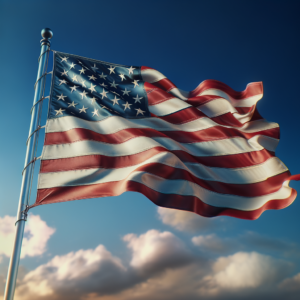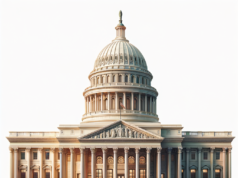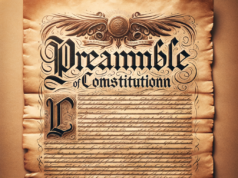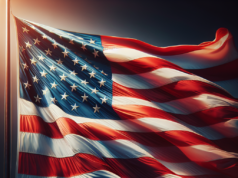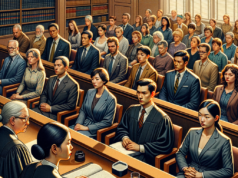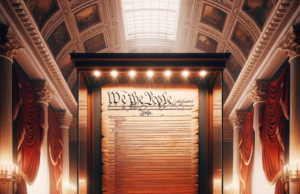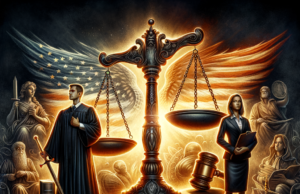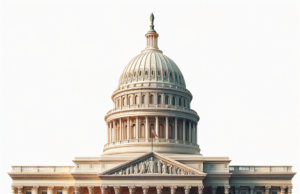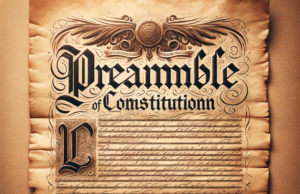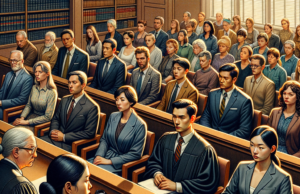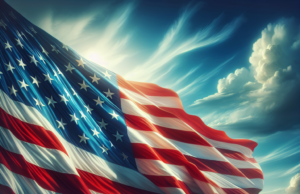Contents
- 1 Understanding the Factors Behind the Unprecedented Surge in Gun Sales in America
- 2 Analyzing the Impact of Recent Events on Firearm Purchasing Trends Nationwide
- 3 The Role of Legislation and Policy Changes in Shaping Gun Sales Dynamics
- 4 Demographic Shifts: Who is Buying Guns and Why in Today’s America?
- 5 The Economic Implications of Increased Gun Sales on Local and National Markets
- 6 Future Projections: What the Surge in Gun Sales Means for America’s Firearm Landscape
In recent years, America has witnessed an unprecedented surge in gun sales, prompting a nationwide conversation about the implications of this phenomenon. Various factors contribute to this firearm frenzy, from societal anxieties to legislative changes, and the impact is felt across multiple dimensions of American life. This article delves into the underlying reasons for the spike in gun purchases, the effects of recent events, the role of legislation, demographic shifts in gun ownership, economic implications, and future projections for the firearm landscape in the United States.
Understanding the Factors Behind the Unprecedented Surge in Gun Sales in America
The surge in gun sales in America can be attributed to a confluence of factors that have heightened public interest in firearms. Among these, the COVID-19 pandemic stands out as a significant catalyst, as it instilled a sense of uncertainty and fear regarding personal safety. Additionally, social unrest and heightened political tensions have led many individuals to seek firearms for self-defense. The rise of online communities that advocate for gun ownership, coupled with increased visibility of gun culture in media, has also contributed to a growing acceptance of firearms as a means of personal empowerment. The combination of these elements has created an environment where purchasing a firearm is seen not only as a personal choice but also as a necessary response to perceived threats.
Analyzing the Impact of Recent Events on Firearm Purchasing Trends Nationwide
Recent events have played a pivotal role in shaping firearm purchasing trends across the nation. High-profile incidents of violence, including mass shootings and civil unrest, have prompted many Americans to reconsider their views on gun ownership. The aftermath of these events often sees a spike in gun sales, as individuals rush to acquire firearms in anticipation of potential future crises. For instance, following the George Floyd protests in 2020, gun sales surged, particularly among first-time buyers, reflecting a desire for self-protection amid perceived societal instability. Moreover, the ongoing discourse surrounding gun rights and regulations has further fueled this trend, as individuals seek to secure their rights before any potential legislative changes take effect.
The Role of Legislation and Policy Changes in Shaping Gun Sales Dynamics
Legislation and policy changes play a crucial role in influencing gun sales dynamics in America. Recent years have seen a patchwork of state-level laws that either expand or restrict access to firearms, creating a complex landscape for prospective buyers. For example, states that have enacted more permissive gun laws often experience spikes in sales, as individuals take advantage of looser regulations. Conversely, states contemplating stricter gun control measures may see a rush in purchases as residents attempt to secure firearms before potential restrictions come into play. Additionally, federal discussions surrounding gun control have led to increased anxiety among gun owners and potential buyers, further driving the surge in sales as individuals seek to protect their rights amid changing political climates.
Demographic Shifts: Who is Buying Guns and Why in Today’s America?
The demographic landscape of gun ownership in America is evolving, with significant shifts in who is purchasing firearms and their motivations for doing so. Traditionally dominated by white males, the gun-buying demographic has expanded to include a more diverse array of individuals. Recent surveys indicate that women and people of color are increasingly entering the market, often motivated by personal safety concerns and a desire for self-defense. Additionally, younger generations are showing a growing interest in firearms, influenced by social media and online communities that promote gun culture. This diversification in gun ownership reflects broader societal changes and highlights the need for a nuanced understanding of the motivations driving individuals to purchase firearms in today’s America.
The Economic Implications of Increased Gun Sales on Local and National Markets
The surge in gun sales has significant economic implications, both locally and nationally. Firearm manufacturers and retailers have experienced substantial growth, leading to increased job creation within the industry. Local economies, particularly in regions with a strong gun culture, benefit from the influx of sales, as gun shops, shooting ranges, and related businesses thrive. However, the economic impact extends beyond the firearms industry; increased gun ownership can lead to higher demand for related products, such as ammunition and safety equipment, further stimulating economic activity. Conversely, the rise in gun sales also raises concerns about public safety and the potential costs associated with gun violence, which could impose long-term economic burdens on communities and healthcare systems.
Future Projections: What the Surge in Gun Sales Means for America’s Firearm Landscape
Looking ahead, the surge in gun sales is likely to have lasting effects on America’s firearm landscape. As more individuals acquire firearms, the conversation surrounding gun rights and regulations will continue to evolve, potentially leading to further polarization on the issue. The increasing diversity of gun owners may also influence advocacy efforts, as new voices enter the dialogue and push for changes that reflect their unique perspectives and concerns. Additionally, the ongoing advancements in firearm technology and the rise of smart guns could reshape the market, appealing to a new generation of buyers who prioritize safety and innovation. Ultimately, the future of gun sales in America will be shaped by a complex interplay of social, political, and economic factors, making it a critical area for ongoing observation and analysis.
The unprecedented surge in gun sales in America reflects a multifaceted phenomenon driven by societal anxieties, legislative changes, and evolving demographics. As the nation grapples with the implications of this firearm frenzy, it is essential to consider the broader context in which these trends are occurring. Understanding the motivations behind gun purchases and the potential consequences for public safety, economic stability, and social dynamics will be crucial in navigating the future of gun ownership in America. As the landscape continues to shift, ongoing dialogue and informed policymaking will be vital in addressing the challenges and opportunities that arise in this complex arena.

